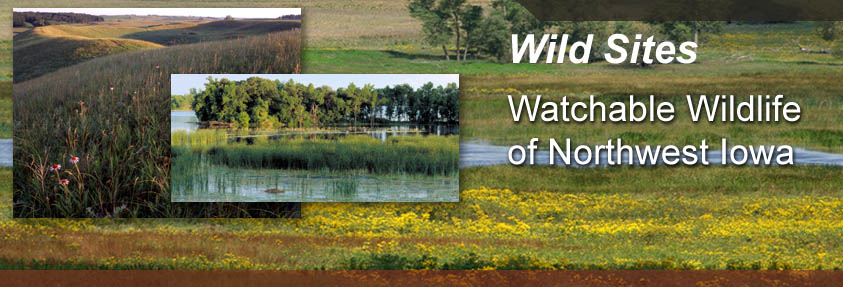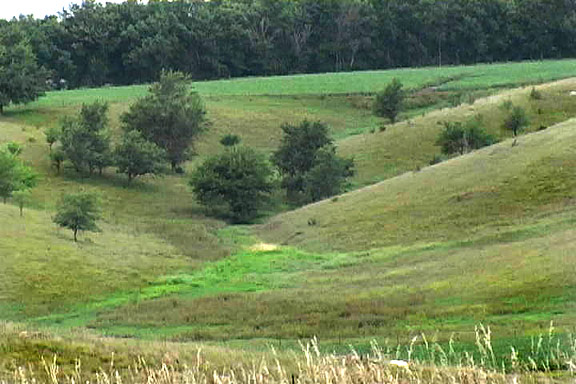 |
|||||||||||||||||||||||
 |
|||||||||||||||||||||||
 |
|||||||||||||||||||||||
| Fen Valley - Educational Box
Cattail Investigations (5-8th grade/45-60 minutes) Activity in Brief: Students will study adaptations of plants and sharpen observation and critical thinking skills, while increasing awareness of valuable species. Objectives: Students will be able to describe some adaptations to life in wet conditions and formulate answers to questions about adaptations and behavior, based on study of a plant’s physical structure. Correlation with Science Standards: Unifying Concepts and Processes- Systems, Order and Organization Unifying Concepts and Processes- Form and Function Science as Inquiry- Abilities to do Scientific Inquiry Science as Inquiry- Understanding About Scientific Inquiry Life Science- Characteristics of Organisms Life Science- Organisms and Their Environment Advance Prep: Scout an area with a large cattail population where your class will be able to harvest one plant for every 2-4 students. You can find cattails growing along creeks, rivers, ponds and wet ditches. Harvesting from a wet ditch, not a wetland site, is the most environmentally friendly. Materials: Pencils, magnifying lenses, dissection scopes and tools, cattails, paper towels, plastic zipper bags. FYI: Adaptations are specialized features of plants that have developed over time in response to environmental pressures. These “tools” enable the plant to survive in specific conditions such as the wet or alternately wet and dry conditions in wetlands. Plant adaptations provide means for obtaining oxygen, nutrients, water, and other needs for life. Cattails are emergent plants, sticking out of the water. The female flowering structure looks like a cat’s tail. Cattails reproduce by seeds being blown by the wind, and by underground horizontal stems called rhizomes. Long narrow leaves are attached at the base of the plant, overlapping each other and surrounding the stem. The white part of the shoot is edible and tastes a bit like cucumber. If you cut a cross-section of the shoot, you will see what looks like a slice of a bunch of celery. The leaves overlap each other making almost a spiral shape. Channels in the leaves (xylem and phloem) transport nutrients and water. If you cut a piece of the mature leaf (several inches up), the cut surface will be D-shaped and will show a honeycomb like structure which helps strengthen and support the leaves. Procedure: HBegin with a general discussion of adaptations. Do people have adaptations? (the opposable thumb and walking upright) Name animals or plants that are specially adapted to living where they do. Collect cattails for investigation. Examine all parts of the plant and how they are arranged. Draw a picture and label all parts. Pull off one of the leaves. Where are the leaves attached to the stalk? Are both sides of the leaf the same? Is the leaf flat, or does it have some thickness? Cut the leaf cross-wise and look at the cut edge with a magnifying lens. What is inside the leaf that makes it hard to tear? Cut a thin slice of the shoot and draw it. What do you think the white spongy stuff inside is? The stem holds the cat’s tail up. Cut the stem cross-wise and then cut a slice of it. Draw a picture of the middle of the stem called the pith. What do you think the holes in the pith are for? Carefully pull some of the fuzz from the cattail. These are fruits. Are all of the fruits the same? When the fruits are pollinated, they soon become fertilized seed that will grow into plants. Put some fruits between layers of wet paper towels and seal in a plastic zipper bag. Which of the fruits start to grow after a few weeks? Why do you think cattails make so many fruits? Adapted from: Experience Iowa’s Wetlands: A Field Activity Guide |
|||||||||||||||||||||||
| Wild Categories | Photo Gallery | ||||||||||||||||||||||